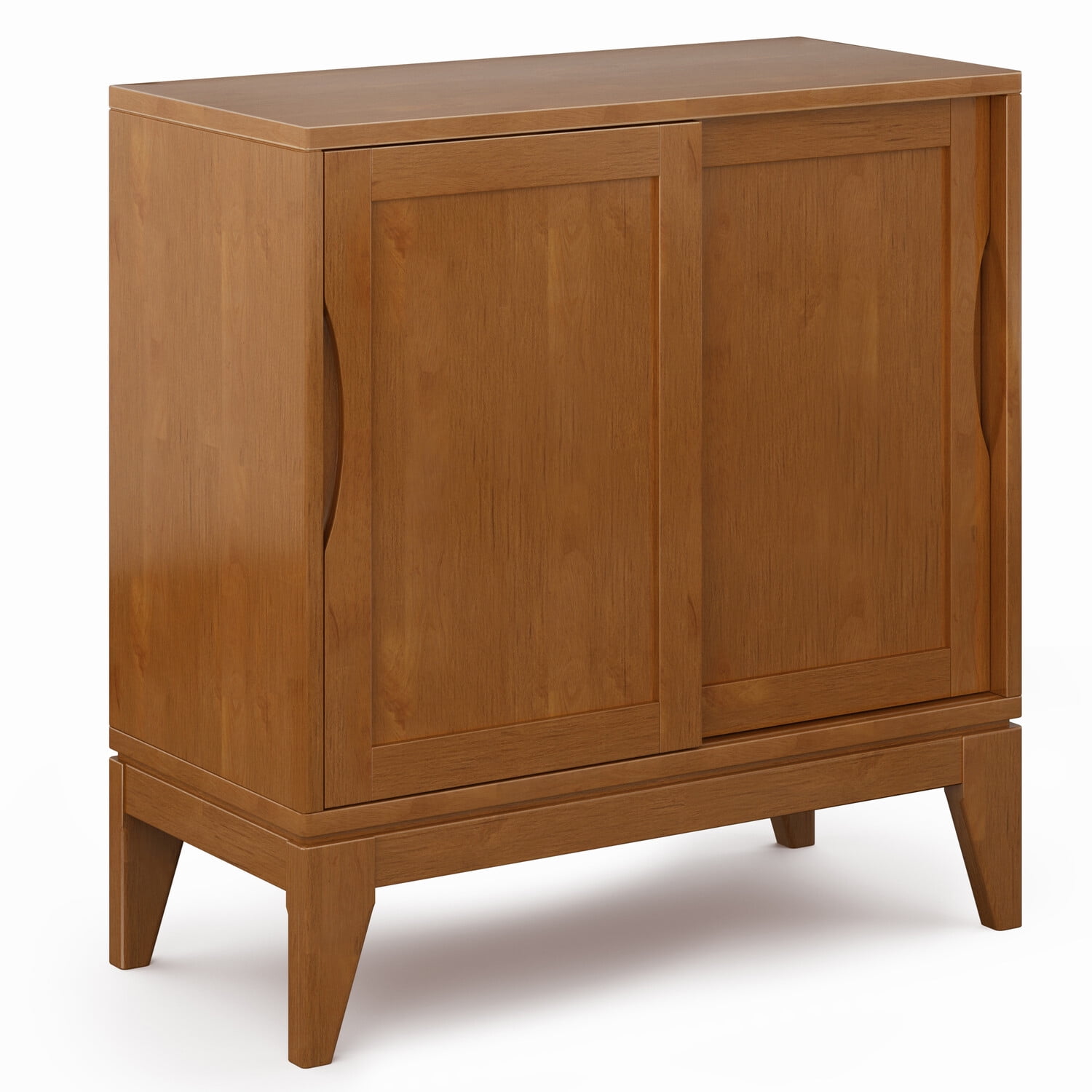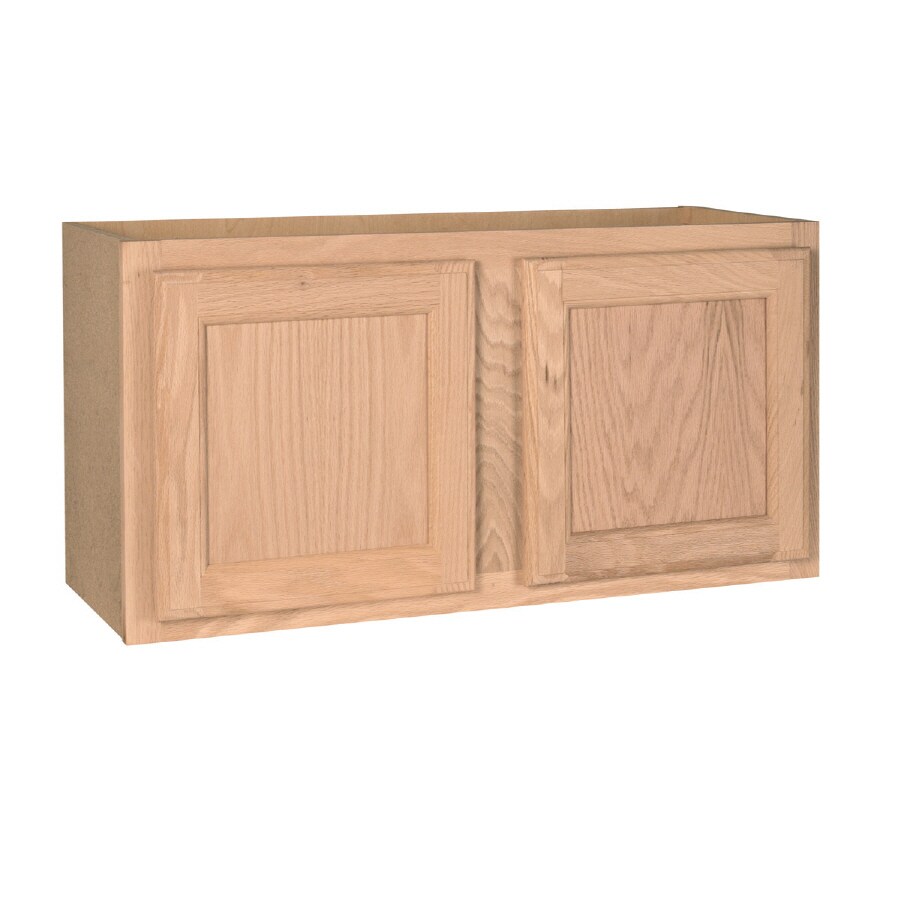Types of 30 Inch Wall Cabinets

Wall cabinets are an essential part of any kitchen, offering valuable storage space for dishes, cookware, and other items. 30-inch wall cabinets, in particular, are a popular choice for their versatility and ability to fit seamlessly into various kitchen layouts.
Standard Wall Cabinets, 30 inch wall cabinet
Standard wall cabinets are the most common type of wall cabinet, offering a straightforward and practical storage solution. They typically feature a single door and a shelf system that can be adjusted to accommodate different items. These cabinets are often found in kitchens of all sizes and styles.
- Dimensions: Standard 30-inch wall cabinets usually have a depth of 12 inches and a height of 30 inches. However, the height can vary depending on the manufacturer and the overall kitchen design.
- Features: Standard wall cabinets are available in various materials, such as wood, laminate, and metal. They may also feature additional features, such as soft-close doors, adjustable shelves, and integrated lighting.
- Applications: Standard wall cabinets are versatile and can be used to store a wide range of items, including dishes, glasses, cookware, and pantry goods.
Base Cabinets
Base cabinets are the foundation of any kitchen, providing ample storage space for appliances, cookware, and other kitchen essentials. 30-inch base cabinets are particularly popular for their versatility and ability to accommodate a range of appliances, such as dishwashers, ovens, and refrigerators.
- Dimensions: Base cabinets typically have a depth of 24 inches and a height of 34.5 inches, but these dimensions can vary depending on the manufacturer and the overall kitchen design.
- Features: Base cabinets are often equipped with drawers, shelves, and doors, providing ample storage space. They can also be customized with different finishes, hardware, and countertop materials.
- Applications: Base cabinets are used to store a wide range of kitchen items, including appliances, cookware, dishes, and pantry goods.
Upper Cabinets
Upper cabinets are often used to store items that are not frequently used, such as holiday dishes or seasonal cookware. They are typically located above the countertop, maximizing vertical space in the kitchen. 30-inch upper cabinets are a popular choice for their ability to fit seamlessly into various kitchen layouts.
- Dimensions: Upper cabinets typically have a depth of 12 inches and a height of 30 inches, but these dimensions can vary depending on the manufacturer and the overall kitchen design.
- Features: Upper cabinets are available in various materials, such as wood, laminate, and metal. They may also feature additional features, such as soft-close doors, adjustable shelves, and integrated lighting.
- Applications: Upper cabinets are ideal for storing items that are not frequently used, such as holiday dishes, seasonal cookware, or extra linens.
Specialty Cabinets
Specialty cabinets are designed to meet specific needs and preferences. They offer unique features and functionalities that may not be found in standard cabinets. 30-inch specialty cabinets can be used to create a customized and functional kitchen.
- Types: Specialty cabinets include corner cabinets, pantry cabinets, and glass-front cabinets. Corner cabinets are designed to maximize storage space in corners, while pantry cabinets provide ample storage for food and other pantry items. Glass-front cabinets can be used to display decorative items or to create a more open and airy feel in the kitchen.
- Dimensions: The dimensions of specialty cabinets can vary depending on the specific type and manufacturer.
- Features: Specialty cabinets offer a wide range of features, including adjustable shelves, pull-out drawers, and integrated lighting.
- Applications: Specialty cabinets can be used to meet a variety of needs, from maximizing storage space to creating a more visually appealing kitchen.
Features and Considerations: 30 Inch Wall Cabinet

Selecting the right 30-inch wall cabinet involves considering various features and aspects that influence its functionality, aesthetics, and overall value. These factors play a crucial role in determining how well the cabinet meets your specific needs and preferences.
Materials
The material used in a 30-inch wall cabinet significantly impacts its durability, aesthetics, and price. Common materials include wood, metal, and laminate, each offering unique characteristics.
- Wood: Known for its natural beauty, durability, and warmth, wood is a popular choice for wall cabinets. It comes in various species, each with distinct grain patterns, colors, and hardness levels. Solid wood cabinets are generally more expensive but offer superior longevity and can be refinished over time.
- Metal: Metal cabinets, often made from steel or aluminum, are known for their strength, durability, and resistance to moisture and scratches. They are typically more affordable than wood cabinets and are often used in contemporary or industrial-style kitchens. However, metal can be susceptible to dents and scratches, and its appearance may not be as warm or inviting as wood.
- Laminate: Laminate is a synthetic material that consists of layers of paper impregnated with resin and bonded together. It is available in a wide range of colors, patterns, and textures, offering versatility in design. Laminate cabinets are generally more affordable than wood or metal cabinets and are known for their durability and ease of maintenance. However, laminate may not have the same natural beauty or longevity as wood or metal.
Construction
The construction of a 30-inch wall cabinet impacts its strength, stability, and overall longevity. Key aspects to consider include:
- Frame: The frame provides the structural support for the cabinet. Solid wood frames are considered the most durable, followed by plywood frames. Particleboard or MDF frames are less expensive but may not be as sturdy or long-lasting.
- Doors and Drawers: Doors and drawers should be constructed from sturdy materials and have well-built hinges and slides for smooth operation. Consider the type of door style, such as raised panel, flat panel, or shaker, as well as the quality of the hinges and slides.
- Finish: The finish protects the cabinet from moisture, stains, and scratches. Consider the type of finish, such as paint, varnish, or lacquer, and its durability and ease of maintenance.
Door Styles
The door style of a 30-inch wall cabinet can significantly impact its overall appearance and functionality. Different styles offer unique aesthetic appeal and may suit different kitchen designs.
- Raised Panel: Raised panel doors feature a raised center panel surrounded by a frame, creating a traditional and elegant look. They are often found in classic or traditional kitchen designs.
- Flat Panel: Flat panel doors have a simple, clean design with a flat surface. They are a popular choice for modern or contemporary kitchens, as they offer a minimalist and sleek aesthetic.
- Shaker: Shaker doors feature a simple frame with a recessed center panel, creating a clean and timeless look. They are versatile and can complement both traditional and modern kitchen styles.
Hardware
The hardware used on a 30-inch wall cabinet, such as hinges, pulls, and knobs, can impact its functionality, aesthetics, and durability.
- Hinges: Hinges allow the doors to open and close smoothly. Choose hinges made from durable materials, such as steel or brass, and ensure they are rated for the weight of the doors.
- Pulls and Knobs: Pulls and knobs provide a handle for opening and closing drawers and doors. Consider the style, material, and finish of the pulls and knobs to complement the overall design of the cabinet and kitchen.
Installation and Customization

Installing a 30-inch wall cabinet is a straightforward process that can be completed with basic tools and a little patience. Proper installation ensures the cabinet is secure, level, and aesthetically pleasing. Customization options allow you to personalize your cabinet to suit your storage needs and style.
Installation
Installing a 30-inch wall cabinet involves several steps:
- Measuring and Marking: Begin by measuring the wall space where you plan to install the cabinet. Ensure the cabinet fits within the designated space and that there is sufficient clearance for doors to open and close. Mark the wall with a pencil at the desired height for the bottom of the cabinet.
- Stud Location: Use a stud finder to locate wall studs. These provide structural support for the cabinet. Mark the stud locations on the wall with a pencil.
- Cabinet Preparation: Before attaching the cabinet, review the manufacturer’s instructions. Some cabinets may require pre-drilling holes or additional mounting hardware.
- Attaching the Cabinet: Align the cabinet with the marked location on the wall. Use a level to ensure the cabinet is perfectly horizontal. Secure the cabinet to the wall using screws that are long enough to penetrate the wall studs.
- Finishing Touches: Once the cabinet is securely attached, install any additional hardware such as shelves, doors, or drawers.
Tips for Proper Installation
Here are some tips for ensuring proper alignment and stability during installation:
- Use a Level: A level is essential for ensuring the cabinet is perfectly horizontal. Double-check the level before securing the cabinet to the wall.
- Secure Fasteners: Use screws that are long enough to penetrate the wall studs. This ensures the cabinet is securely attached and won’t pull away from the wall.
- Consider Weight: Be aware of the weight of the cabinet and its contents. If the cabinet is heavy, consider using additional support or reinforcing the wall studs.
- Avoid Overtightening: Overtightening screws can damage the cabinet or the wall. Tighten screws firmly but do not overtighten.
Customization
30-inch wall cabinets offer a variety of customization options to personalize your kitchen or bathroom. Some common customizations include:
- Adding Shelves: Additional shelves can be added to create more storage space. Consider the height and depth of the shelves to accommodate your items.
- Installing Drawers: Drawers can be incorporated for convenient access to smaller items. Choose drawers that complement the style of the cabinet.
- Decorative Accents: Add decorative accents such as cabinet knobs, pulls, or molding to enhance the cabinet’s aesthetic appeal.
- Cabinet Doors: Choose cabinet doors that match your style and design preferences. Consider materials such as wood, glass, or metal.
30 inch wall cabinet – A 30-inch wall cabinet can be a versatile addition to any kitchen, providing ample storage space for dishes, glassware, or even small appliances. When paired with white cabinets and a bold countertop choice, such as white cabinets with blue granite countertops , you create a visually striking contrast that adds depth and character to your space.
The blue granite’s veining and texture beautifully complement the clean lines of the white cabinets, while the 30-inch wall cabinet provides the perfect balance of functionality and visual appeal.
A 30-inch wall cabinet can add valuable storage space to any kitchen, but its functionality can be significantly enhanced with proper lighting. Consider investing in best battery under cabinet lighting to illuminate the cabinet’s contents and make it easier to find what you need.
This simple addition can transform your 30-inch wall cabinet into a well-lit and efficient storage solution.